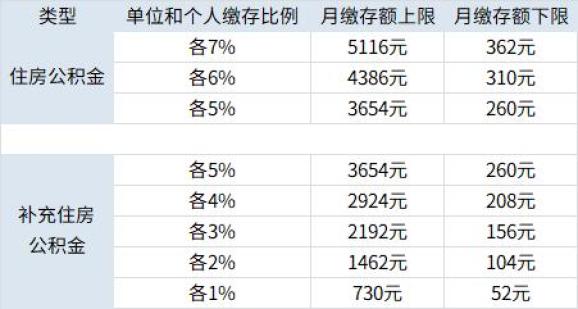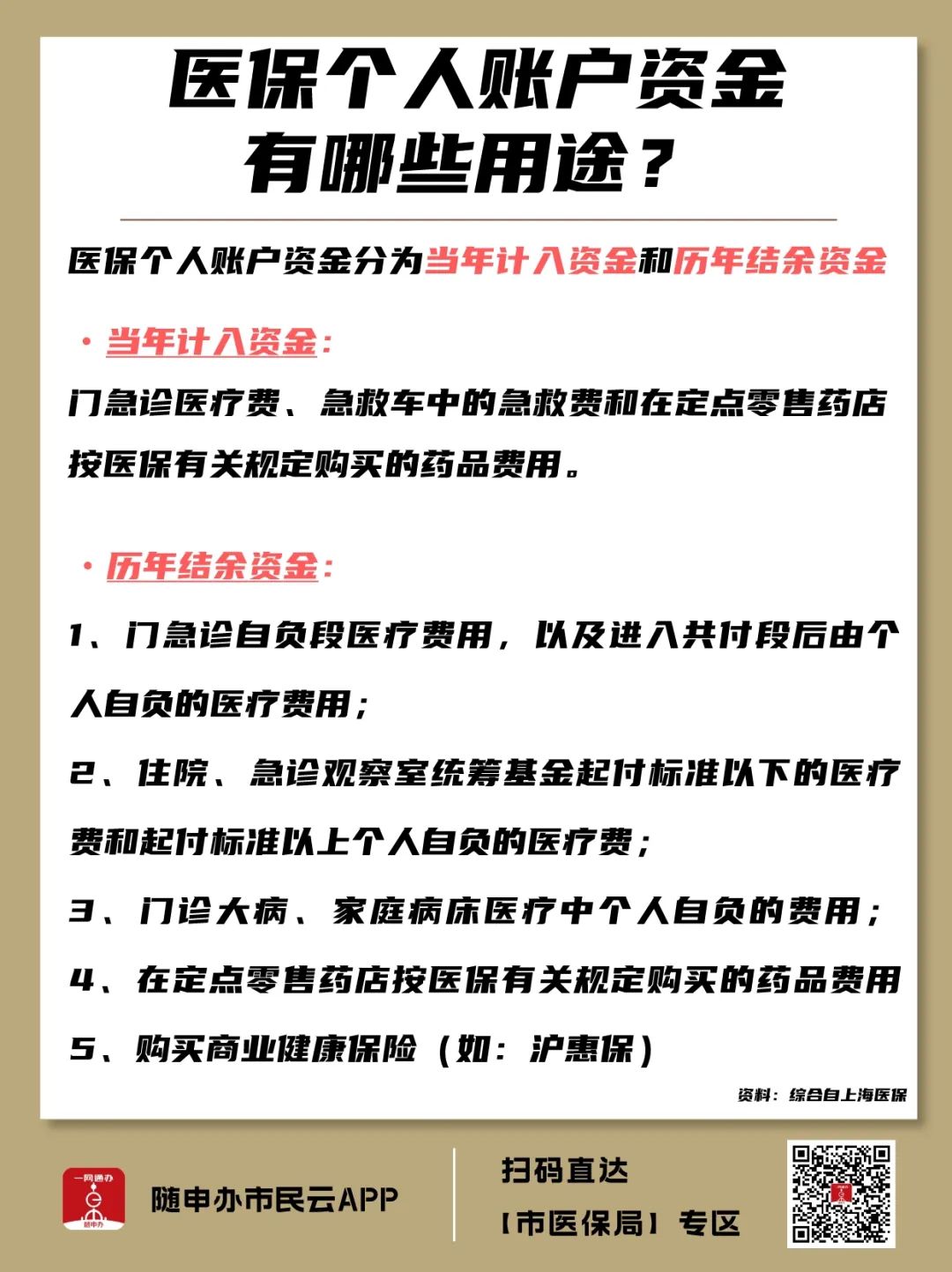How to make up the media literacy class for "post-00" children who are keen on social networking?

Students of Xinmiao Primary School in xuyong county, Sichuan are filming campus activities with their teachers’ mobile phones. Bright pictures/vision china

Go to school with your mobile phone, go home and chat with your classmates on WeChat, and send a circle of friends at any time … … Zhao Zhao, a fifth-grade student in a primary school in Beijing, only enjoyed the good day when his mobile phone never left his body for two weeks. During this period, the war with his mother escalated, and repeated nagging and resistance, and finally a total outbreak made Zhao Zhao lose the daily control of his mobile phone. "Weekends can be used within the specified time", and the mother and son rebuilt a harmonious relationship in mutual compromise. "But my addiction is still there. Who knows what challenges I will face after the temporary isolation?" Zhao Zhaoma said helplessly.
Helplessness, powerlessness and helplessness are the strongest feelings of many parents when dealing with the problem of "children and mobile phones". "The teacher built a class group and sent and received notices; The school community has established a community student group to exchange and discuss … … Even the children said that without a mobile phone, I didn’t know anything about what the students talked about in the WeChat group, so it was completely out of date. As a parent, do you want to give your child a mobile phone? But addicted to mobile phones and addicted to social networks, I really can’t bear the consequences. " Zhao Zhaoma is in a dilemma.
Small mobile phones pose a problem for adults. But with the rapid attack of new technologies, we have nowhere to hide.
According to the data released by China Youth Research Center recently, the proportion of "post-00" mobile phones is 64.6%, which is about eight times that of "post-90". "Mobile phone control", "low-headed family" and "screen-brushing family" are spreading to younger people. The research suggests that the media literacy training and education system should be moved down to the primary school curriculum system, and the family-oriented media literacy education should be emphasized.
Normalization of social networking, whether parents care or not?
Zhou Cheng, a "post-00" Changchun teenager who failed in the battle with his parents for a smart phone, was reluctant to take the "old man machine" when he went out to participate in wind music training on a snowy day. The smart phone once opened Zhou Cheng’s eyes, and he chatted with his classmates on WeChat in the middle of the night. As a result, his parents discovered it several times.
The survey shows that mobile phones have become a new entertainment tool for children, and nearly half (46.4%) of the "post-00" children log on to social software with their mobile phones, and their online social behavior tends to be normal, and their most frequent online behavior is socialization.
Huang Chuxin, director of the Journalism Research Office of the Institute of Journalism and Communication, China Academy of Social Sciences, concluded that the post-00 generation are more inclined to find information and make friends through the Internet, and they are afraid of being marginalized or excluded because they can’t use electronic products, which makes them more keen on the Internet and find a sense of belonging from the Internet, thus falling into a strange circle of making friends.
The reason why Zhou Cheng’s father, Zhou Haixin, doesn’t trust his son to use the smart phone is that he thinks that the child lacks the ability of analysis and judgment. "Now it is not uncommon to see naked photos in some online novels and game interfaces, and short yellow videos can also spread smoothly through WeChat, which makes people hard to prevent."
Many parents fall into such anxiety because they are unwilling to isolate their children from the internet and afraid that their children will be affected by bad information. In the WeChat group of parents of a key middle school in Beijing, a mother admitted that she had sneaked on her son’s mobile phone and found that some WeChat groups had extremely bad video content. She suggested that other parents help their children turn off some functions, such as adding friends through WeChat "shake".
The reporter’s investigation found that although most parents are ambivalent, there is really nothing they can do. Ms. Huang, who tried to manage her children’s use of WeChat, was blocked by her daughter. After the face-to-face protest, her daughter’s circle of friends was reopened to her mother. Ms. Huang is worried that if she interferes with children’s use of WeChat again, it will intensify contradictions. "Now, silence is the best response."
Absence of Media Literacy Education
In the new technological environment, when adults who are also immersed in the online world look to schools to manage their children, they find that there is almost no education for teenagers’ media literacy in the traditional education system.
In a classroom of a middle school in Xicheng District, Beijing, the reporter saw that nearly 30 mobile phones were locked in lockers, and almost all the students in this class had a mobile phone. In order to ensure normal teaching, the first thing students do when they arrive at school is to hand over their mobile phones, which will be kept by the life committee. When asked about the use of mobile phones, "getting notice of class activities", "chatting with classmates" and "buying stationery online" are common answers.
Born and raised in the information age, "post-00" people have stronger information sensitivity and demand than "post-90" and "post-95" since childhood. Yu Xiaobing, a teacher in the experimental middle school affiliated to Beijing Normal University, believes that the proportion of information technology in the curriculum has increased, and the network teaching platform and network search have been widely used, which has aggravated the dependence of children on the network.
A class teacher, Mr. Ma, told the reporter that students had been organized to discuss the use of mobile phones at class meetings, but the results were minimal. "Most of the time, it depends on the children’s consciousness." She admits that she is not clear about the meaning of media literacy.
How to use the media, how to interpret the media information rationally and critically, and how to develop their own abilities with the help of the media are considered to be the core contents of children’s media literacy. According to the reporter’s investigation, at present, media literacy education has not been widely carried out in primary and secondary schools in China, and this project has already started abroad. It is understood that in 2001, Japan set up "comprehensive education" in primary and secondary schools and introduced media literacy education courses. In 2002, Australia has passed laws to make media literacy education a regular education, and developed a complete media literacy education curriculum and teaching materials from kindergarten to the second grade of primary school. In Canada, it is stipulated that one tenth of the time must be spent on media literacy education in the classroom of students in grades 7 to 8.
Media literacy education needs overall planning.
Parents are helpless, and the school "does not move." Who will tell children how to use mobile phones correctly and contact the internet?
Zhou Haixin, a parent, finally bought a non-smart phone for his child to meet the basic communication needs. He said that this was a helpless choice, but it may also be the best way at this stage.
For this reason, the research group of China Youth Research Center suggested that parents of children should be taught media knowledge and skills to help parents better guide their children to use media. Experts advise parents to discuss the media content and use strategies in the dialogue with their children, share each other’s views and opinions, and cultivate children’s ability to identify media information and critically look at problems.
"Help children understand the quality of electronic products, rather than simply controlling the amount of electronic products used by children and explaining disturbing information to them." Huang Chuxin believes that books and television also contain knowledge, and parents should take the initiative to provide more diversified media combinations, so as to expand the channels for children to acquire knowledge and broaden their horizons.
In addition, Huang Chuxin suggested that "the overall plan of media literacy education should be formulated and included in the curriculum of primary and secondary schools". Compared with traditional subjects, media literacy course is a new product of the information age. Schools should set up media literacy courses according to their own educational resources and students’ acceptance level, or combine other courses to carry out teaching by means of infiltration education.
But it is followed by another problem: teachers. It is understood that Dr. Zhang Jie from the Communication Research Institute of Communication University of China and his team have conducted many teacher trainings all over the country, but the results are not satisfactory. "There is a serious shortage of teachers who can teach media literacy education courses, which cannot meet the needs of implementing media literacy education courses in more schools."
When it is not included in the overall teaching plan and lacks a unified teaching system structure, it is difficult to start cultivating teachers with media literacy. Another set of data is worrying. According to the 38th Statistical Report on Internet Development in China, as of June 2016, the number of netizens in China reached 710 million, and the Internet penetration rate reached 51.7%, which exceeded the global average by 3.1 percentage points. Obviously, in the face of the rapid development of network technology, media literacy education for children is urgent and essential. We, we have to act now.
(Reporter Chen Peng)










